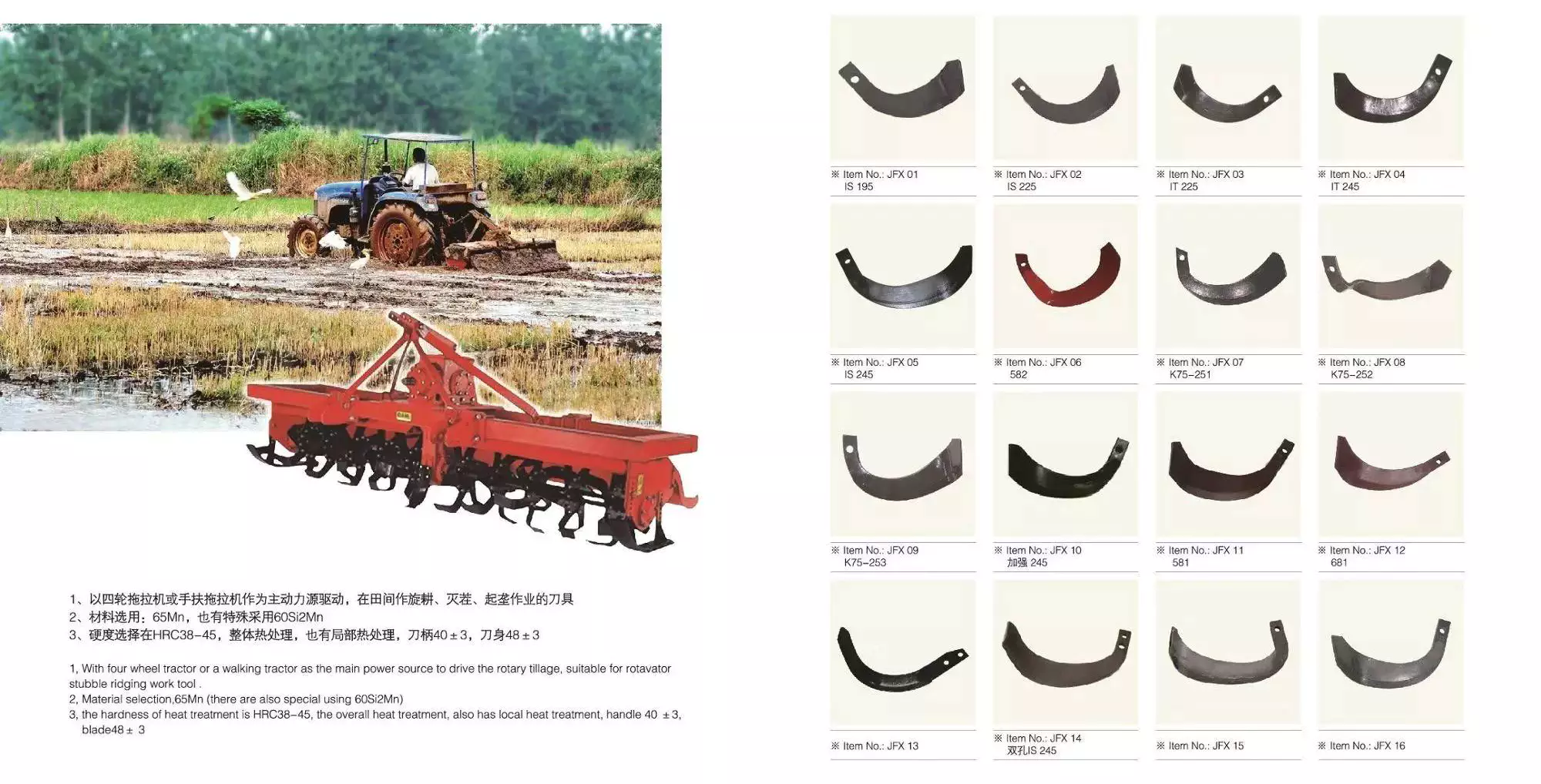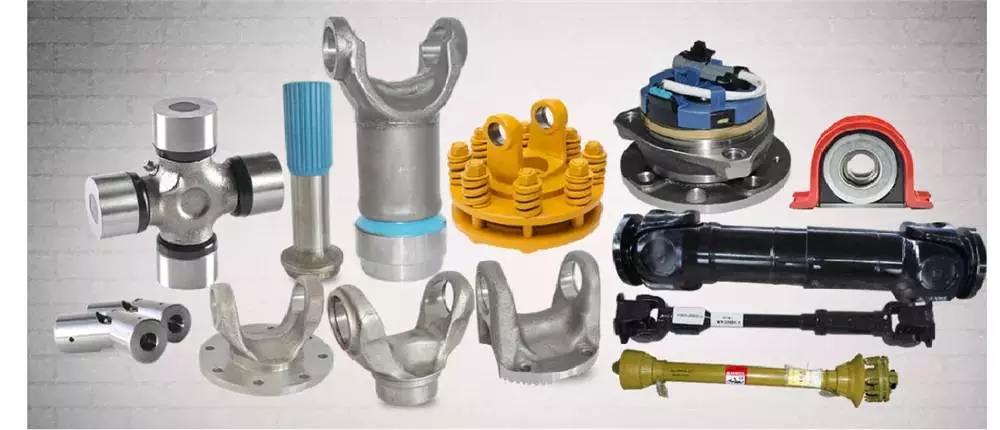Product Description
Model 1500 Heavy Duty 3-Point Post Hole Digger machine industry agriculture big tractor backhoe loader manufacture industrial agricural wheel auto parts digger
Ships free to a commercial address or address with a method of unloading a crate from the back gate of a semi truck (fork lift, bucket tractor). Additional charges may apply for extremely remote areas but we will check with you before shipping the order if that is the case. Lift-gate Service to get the crate off of the semi is an extra fee that you will be charged by the freight company if you need this service.
If you don’t see the auger combo you want, contact us and we will create an option for you to purchase.
– Rated for tractors up to 75 hp
– Series 4 Driveline
– Super Heavy Duty Gearbox, 3:1 Reduction Ratio
– 2″ Output Shaft with Dual 1/2″ Bolt-Holes for Auger Attachment
– Choose Combos of Up to 5 Heavy Duty Augers
– Fits Cat 1 & 2 Tractors
– Super Heavy Duty Reinforced Steel Boom
– The Big Kahuna of Post-Hole Diggers!
– Backed by our 6-month warranty & exceptional Customer Service
Tractor mounted digger systems include a boom, A-frame, gear box, PTO driveline
with safety shields, manual canister, and all necessary pins and bolts. All models have an
adjustable boom/A-frame connection. Diggers come in individual crates, which can also fit
one auger up to 9″ or 12″ depending on the model and crate ordered.
Our Company
|
US $99 / Piece | |
1 Piece (Min. Order) |
###
| Type: | Crawler Excavator |
|---|---|
| Usage: | Special Excavator |
| Bucket: | Grab Shovel |
| Transmission: | Hydraulic Transmission |
| Drive Type: | Electric Drive |
| Bucket Capacity: | 1.0~1.5m³ |
###
| Samples: |
US$ 9999/Piece
1 Piece(Min.Order) |
|---|
|
US $99 / Piece | |
1 Piece (Min. Order) |
###
| Type: | Crawler Excavator |
|---|---|
| Usage: | Special Excavator |
| Bucket: | Grab Shovel |
| Transmission: | Hydraulic Transmission |
| Drive Type: | Electric Drive |
| Bucket Capacity: | 1.0~1.5m³ |
###
| Samples: |
US$ 9999/Piece
1 Piece(Min.Order) |
|---|
How to find quality agricultural accessories
Agricultural accessories are very important in tractors, harvesters and more. If you’re in the market for new agricultural parts, you may want to choose steel. Steel is the best choice for agricultural equipment because it is corrosion-resistant, durable and cost-effective. However, you also need to consider other materials such as aluminum and plastic. Here are some tips for finding quality agricultural parts. Hope this information is helpful to you. 
Steel is the best metal for farm equipment
Steel has many benefits, but why is it the best metal for farm equipment? Steel is lightweight and corrosion-resistant, making it ideal for agricultural applications. It has many other benefits, including resistance to chemical pesticides. Stainless steel is highly recyclable and has antimicrobial properties. It retains its integrity even when exposed to outdoor temperatures. It also has the added advantage of being able to withstand the rigors of agricultural life.
Agricultural machinery made of steel is also known for its durability. Agricultural equipment made of steel is known for its durability and ease of maintenance. Steel has a smooth surface that is easy to clean, which is especially important in dairy farming, where smooth surfaces are critical to maintaining the quality of raw milk. For those who need metal parts for agricultural equipment, Guocai is the best source. Their team of experts can help you find the right metal for your agricultural equipment and provide you with a complete metal fabrication service.
Agricultural equipment made of steel is often heavy, so finding ways to reduce weight is important. Aluminum alloys are a good choice because they are lighter than steel and suitable for dusty environments. Also, since they are more durable than steel, aluminum alloys are ideal for moving parts of agricultural machinery. Aluminum also has high tensile strength, making it ideal for dusty environments.
In addition to being sturdy and durable, the steel structure is low maintenance and ideal for storing agricultural equipment. They can hold multiple pieces of equipment and have an open interior, which means you can easily store other equipment inside. Due to the high technical content of farming, you may need to invest in a flexible steel building. To help you achieve these goals, CZPT offers agricultural buildings that are ideal for storing a variety of items. 
Corrosion Resistance
Stainless steel is recommended for use in corrosive environments. Stainless steel is an alloy of iron, chromium, silicon and carbon. It also contains significant amounts of nickel and molybdenum. All stainless steels contain at least ten percent chromium. This alloy has excellent corrosion resistance and strength. There are certain applications where stainless steel is more suitable than traditional steel:
Agricultural components are often corroded due to their high carbon content. Depending on the metal and the environment, the resulting corrosion products may have different properties. The initial step of etching may result in the formation of ions. This ion then oxidizes further and forms oxides or other mixed valence compounds. The presence of dense oxide layers prevents further corrosion, but these layers are also porous. Therefore, the corrosion process can continue.
When selecting biomedical materials, researchers should test the corrosion resistance of materials. Normally, the pH of fluids in the human body is 7.4. However, during surgery, the pH of fluids in the body may change to a range of 5.5 to 7.8. After a few days, this pH will return to normal. Titanium and 316L stainless steel have better corrosion resistance than cobalt-based alloys.
Durable
Steel was first used in farm implements by CZPT, who introduced the steel plow in 1837. Steel makes plows more efficient and faster. Today, steel remains the most durable material used for farm implements, depending on the application. For example, heavy equipment is mainly made of steel. The tractor has a structural steel housing and a strong steel frame for corrosion resistance in agricultural environments. This is an advantage for farmers and agronomists.
Cost-effective
Farmers often purchase farm machinery directly, rather than renting or leasing accessories. This gives them ownership of the machine and is often more cost-effective in the long run. Also, buying equipment outright helps them establish equity. Farm machinery is expensive, so farmers are usually more willing to buy them. But leasing or renting parts is also a cost-effective option. Read on to learn more. What are the benefits of renting agricultural parts?
Agricultural equipment is made from many different materials and is often manufactured using an open or closed mold process. The use of thermoset composites is not uncommon, although reinforced thermoplastics are starting to gain traction in specific applications. For example, aerospace-grade prepregs are commonly used for cantilevers on sprayers. Alternatively, steel and aluminum arms are used for agricultural equipment, but require support structures to provide the required stability. 
Easy to maintain
Many modern agricultural machines contain computer systems, sensors and other technologies that make them difficult to maintain without the help of experts. While not an impossible task, it does require specific diagnostic software and tools that most manufacturers don’t offer to the public. As a result, many farmers do not have access to the tools and diagnostic software needed to repair equipment and must take it to a licensed dealer for repairs.
Fortunately, there are some solutions to this problem. A recent executive order from President Biden, who oversees the federal government, calls for more competition in the economy. His executive order calls on the FTC to limit unfair trade practices and promote U.S. economic growth. One of the recommendations is that consumers have the right to repair farm equipment. Many agricultural products are affected by the new laws as they become more integrated and less competitive, meaning farmers and ranchers are forced to pay more for their produce.


editor by czh2022-12-02


